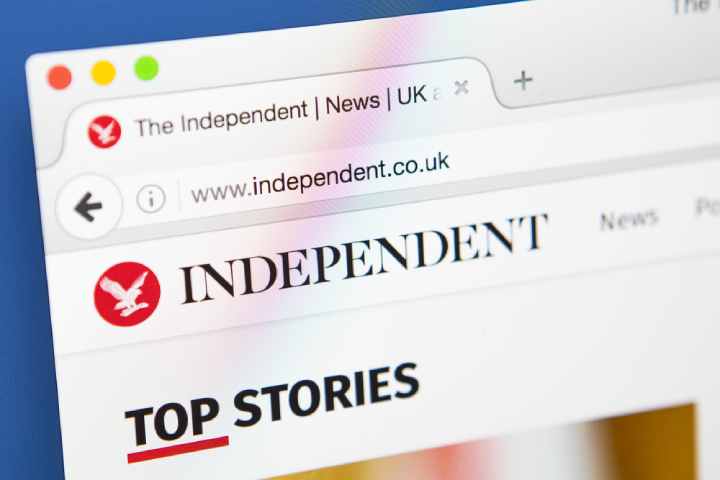Getting The Popular News To Work
Getting The Popular News To Work
Blog Article
The Only Guide to Popular News
Table of ContentsFascination About Popular NewsThe Best Strategy To Use For Popular NewsHow Popular News can Save You Time, Stress, and Money.Not known Facts About Popular News
Age is additionally a factor in the way individuals watch the function of social networks. More youthful social networks news consumers are more probable to claim it has actually influenced their understanding right. Regarding fifty percent of social networks news consumers ages 18 to 29 (48%) claim news on social networks makes them much better informed, compared to 37% of those 30 to 49, 28% of those 50 to 64, and 27% of those 65 and older.Reporters evaluate information values when establishing whether or not to cover an event or news. Probably the most important aspect of newsworthiness is whether or not the information item being connected impacts an information outlet's target market.
Proximity is very important. Reporters want things that influence their communities. As an example, study on a state's new tax obligation code most likely won't produce the very same passion across state borders. Sometimes experts can assist center a bigger nationwide tale that impacts more than simply a city or state. In these situations, it is necessary to be looking for possibilities where subject matter professionals can give understanding or where comparable projects may be occurring in your area.
If you are publishing newsworthy study, loophole in MarComm before the article being released to ensure that the pitch can emphasize the latest aspect of the story: the publication of the research study. Events and news that entail high-profile numbers are more probable to produce media insurance coverage. Check outs from nationwide numbers frequently require months of prep work because of anticipated neighborhood passion.
A Biased View of Popular News
We can help mitigate possible reputational risk with these stories while likewise raising the odds of creating coverage. While several of the above information worths are interwoven, human rate of interest tales frequently stand apart.
Human rate of interest elements can include information worth to other stories that may show up to be lacking in the other values. The uniqueness or quirk of a circumstance can aid influence whether or not a news outlet is most likely to cover a tale. While this is not an exhaustive list, inspecting to see if your information item or event has these high qualities before calling us will certainly aid you establish which elements hold one of the most information worth.
The research locates that a little over half of all U.S. adults subscribe to news in some formand about half of those to a newspaper. And unlike the concept that youngsters will certainly not pay for news because information on the net is totally free, almost 4 in 10 grownups under age 35 are spending for news.
There is likewise considerable evidence that more consumers can start to spend for news in the futureif publishers can recognize them and offer them well. Fifty percent of those who do not pay for news proactively seek out information and appear like customers in different ways. And nearly 2 in 10 of those who do not register for news now indicate they are inclined to start to pay in the future.
See This Report about Popular News

People are attracted to information as a whole for 2 factors over others: A desire to be notified residents (paper subscribers particularly are extremely encouraged by this) and due to the fact that the publication they sign up for excels at covering particular subjects about which those subscribers particularly care - Popular News. While there are a host of reasons, the No
Even more than 4 in 10 additionally cite the reality that loved ones subscribe to the same product. Greater than a third of people claim they originally subscribed in reaction to a discount rate or promo. In print, individuals likewise are relocated greatly to register for obtain coupons that save them money, something that has untapped implications in electronic.

Excitement About Popular News
We asked everyone that told us they have a routine free resource of news how most likely they would be to spend for it. More than a quarter (26 percent) claim they would certainly be at the very least somewhat most likely to begin spending for itand 10 percent are very or extremely most likely. These likely payers often tend to be news home candidates, and they likewise tend to be people that currently pay for an information subscription in addition to the source they comply with for free.
Of those that do pay, 54 percent register for newspapers in print or digitally, which stands for 29 percent of Americans overall. The majority of them acquire a print magazine along with their newspaper and spend for 2 to four news resources in total, some much more. And while 53 percent are long-time customers (5+ years), even more than a quarter (27 percent) have acquired their newspaper membership within the previous year.

Report this page